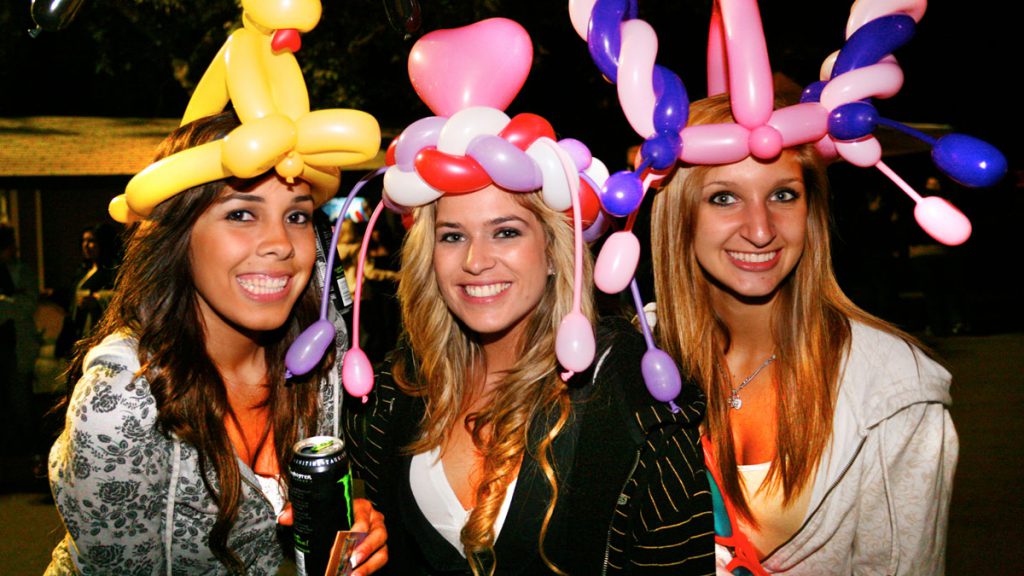Illuminating the Impact of Illumination Techniques on the Art of Film Projection Mapping Techniques
Illuminating the Impact of Illumination Techniques on the Art of Film Projection Mapping Techniques
Blog Article
Motion projection mapping is an exciting creative medium that combines tech and innovation to convert common surfaces into extraordinary visual displays. This method involves projecting images and footage onto 3D elements, such as structures, artworks, or platforms. One of the key crucial factors in creating successful mapping in the use of effective lighting methods. Proper illumination enhances the aesthetic components of the projection and guarantees that the images are crisp and captivating. This piece explores the influence of lighting methods on video mapping and how they can elevate the complete encounter.
Lighting plays a vital role in motion projection because it sets the mood and feel of the exhibit. Different illumination methods can evoke various emotions and reactions from the audience. For example, using gentle, warm lights can create a inviting environment, while bright, cool lights may produce a more energetic or dramatic impact. By thoughtfully choosing illumination hues and brightness, artists can manipulate how viewers interpret the displayed images, leading to a more immersive experience. The equilibrium between mapping brightness and ambient illumination is crucial, as it can significantly affect read this article the visibility and impact of the images.
In addition to, color and intensity, the direction of light also affects the efficacy of mapping. Lighting from different angles can create shadows and highlights that add depth to the mapped images. This technique, known as chiaroscuro, can enhance the 3D quality of the subjects being projected. Additionally, using dynamic illumination can add dynamism to the exhibit, making the encounter more engaging for the audience. When the light interacts with the mapped visuals, it can create an effect of motion and change, grabbing the viewers' attention.
Another important aspect of lighting in projection is the use of special effects. Techniques go to the website such as gobo lighting, which uses shapes and forms to project light, can add texture and complexity to the mapping. This method enables artists to layer visuals and produce aesthetically captivating effects that enhance the mapping. Moreover, adding laser lights or light-emitting diode lights can further improve the display, providing a distinct blend of visual elements that draw the audience in. These unique effects, when used carefully, can transform the projection into a basic show to an immersive piece of creativity.
In conclusion, the influence of illumination techniques on motion mapping is profound. By understanding how different illumination components connect with projected images, artists can produce enthralling experiences that connect with audience. The thoughtful choosing of color, intensity, direction, and special effects enables for a vivid canvas of sight storytelling. As technology continues to grow, the possibilities for creative showcasing in mapping will only expand, making lighting an ever-important component in this innovative creative medium.